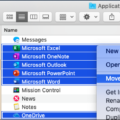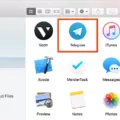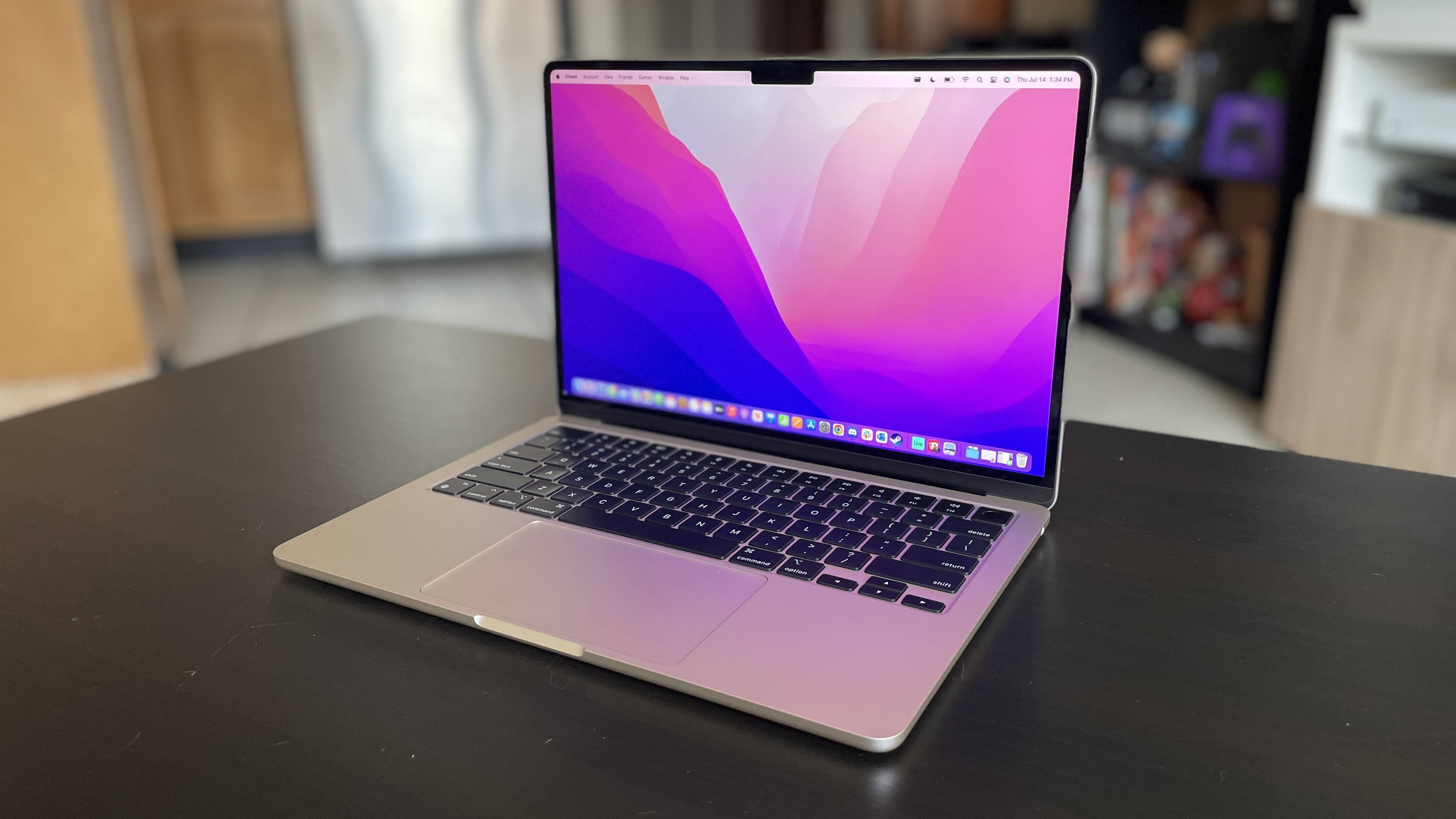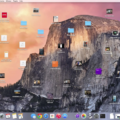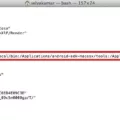Uninstalling Java on a Mac is a relatively straightforward process that can be accomplished using the Terminal or the Control Panel. Java is a programming language that is used to develop applications and run programs on a variety of platforms, including Mac OS X. However, there may be instances where you need to uninstall Java from your Mac, such as when you are experiencing issues with the software or simply want to free up space on your computer.
One method of uninstalling Java on a Mac is to use the Terminal application. To do this, open Finder and click on the Utilities folder. From here, double-click on the Terminal icon to open the application. In the Terminal window, type the following command: sudo rm -fr /Library/Internet\ Plug-Ins/JavaAppletPlugin.plugin. This command will remove the Java applet plugin from your computer.
Another option for uninstalling Java on a Mac is to use the Control Panel. To do this, click on the Finder icon in your dock and then click on the Applications folder. From here, double-click on the Control Panel icon and then click on the Add/Remove Programs option. In the list of installed programs, find the Java version that you want to uninstall and click on it. Then, click on the Add/Remove button and follow the prompts to complete the uninstallation process.
If you have installed the Java Development Kit (JDK) on your Mac, you will need to follow a slightly different process to uninstall it. To do this, go to the /Library/Java/JavaVirtualMachines directory and locate the directory whose name matches the following format: jdk-interim.update.patch.jdk. Once you have found this directory, use the rm command to remove it as a root user or use the sudo tool.
Uninstalling Java on a Mac can be done using either the Terminal or the Control Panel. Depending on whether you have installed the Java applet plugin or the Java Development Kit, the process may differ slightly. However, by following the steps outlined above, you can easily remove Java from your Mac and free up space on your computer.
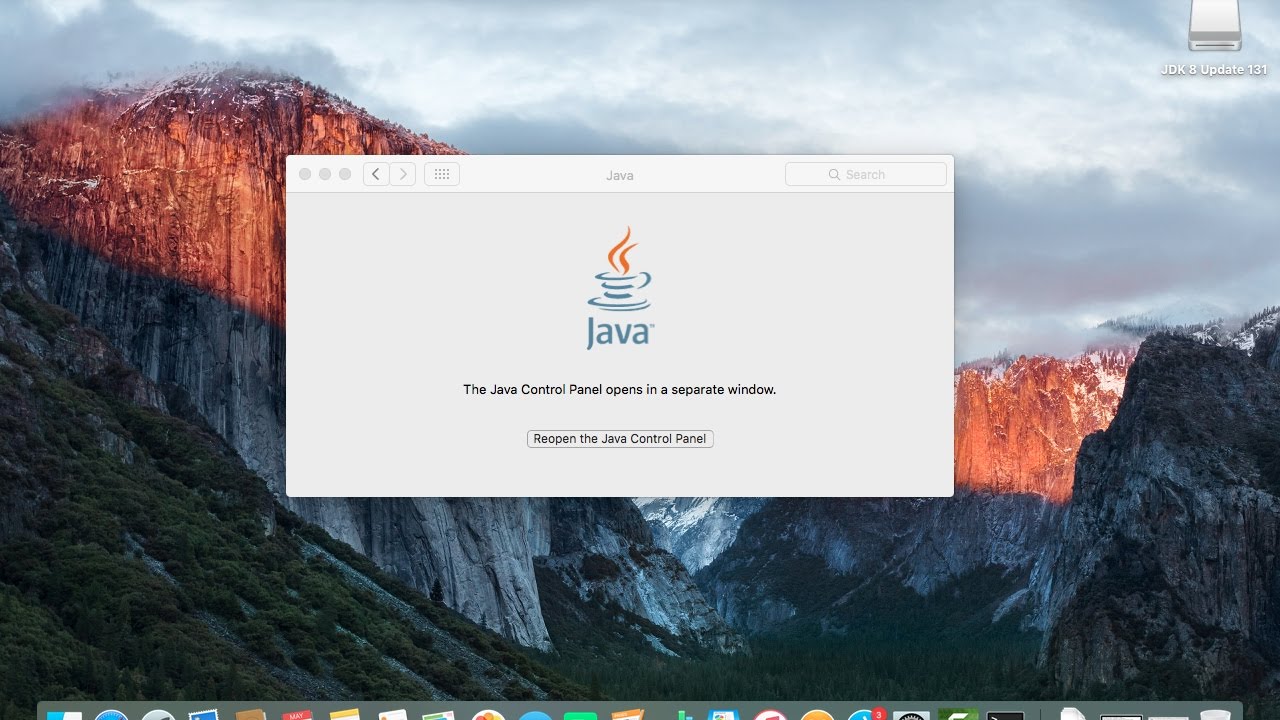
Uninstalling Java on a Mac
To uninstall Java on a Mac, you can follow these steps:
1. Click on the Finder icon located in your dock.
2. Click on the Utilities folder.
3. Double-click on the Terminal icon.
4. In the Terminal window, type the following command:
Sudo rm -fr /Library/Internet\ Plug-Ins/JavaAppletPlugin.plugin
5. Press Enter on your keyboard.
6. Enter your administrator password when prompted.
7. Press Enter again to confirm the action.
This command will remove the Java applet plugin from your Mac, which means that Java will no longer be available in your web browser. Keep in mind that some applications may still require Java to run, so be sure to check with the app developer before uninstalling Java completely.
Completely Uninstalling Java
To completely uninstall Java from your computer, follow these steps:
1. Click on the Start menu, then go to Settings and click on Control Panel.
2. In the Control Panel, double-click on Add/Remove Programs.
3. Look for the version of Java that you want to uninstall and click on it.
4. Click on the Add/Remove button.
5. You will be prompted to confirm that you want to uninstall Java. Click Yes to continue.
6. The uninstall process will begin, and you may be asked to restart your computer once it is complete.
7. After restarting your computer, you can confirm that Java has been completely uninstalled by checking the Add/Remove Programs list in the Control Panel.
Note: If you have multiple versions of Java installed on your computer, you will need to repeat these steps for each version that you want to uninstall.
Completely Removing Java and JDK from Mac
To completely remove Java and JDK from your Mac, you can follow the steps below:
1. Go to your Applications folder and look for the Java folder. Drag it to the Trash to uninstall it.
2. Next, open Terminal (you can find it in the Utilities folder within Applications) and type the following command:
Sudo rm -rf /Library/Java/*
This will remove any remaining Java files from your system.
3. To remove the JDK, go to the /Library/Java/JavaVirtualMachines directory and look for the directory with the name of the JDK version you want to remove. For example, if you want to remove JDK 10.0.2, you would look for a directory with the name jdk-10.0.2.jdk. Once you’ve found it, delete the directory by dragging it to the Trash.
4. run the following command in the Terminal to remove any remaining JDK-related files:
Sudo rm -rf /Library/Preferences/com.oracle.jdk*
By following these steps, you should be able to completely remove Java and JDK from your Mac.
Uninstalling Java 10 on Mac
To uninstall Java 10 on a Mac, you can use the Terminal application. Follow these steps:
1. Open Finder and look for the “Utilities” folder, then open it.
2. Find and open the “Terminal” application.
3. In the Terminal window, type the following command and press Enter:
Sudo rm -fr /Library/Internet\ Plug-Ins/JavaAppletPlugin.plugin
4. You will be asked for your user password. Type it in and press Enter.
5. Wait for the command to finish running. This may take a few moments.
6. After the command has finished, Java 10 will be uninstalled from your Mac.
It’s worth noting that if you have other versions of Java installed on your Mac, they will not be affected by this process. If you want to uninstall other versions of Java, you will need to repeat the process for each one.
Conclusion
Uninstalling Java from your Mac can be done in several ways, depending on your preference and comfort level with using Terminal commands. The most common method involves accessing the utility folder and using the Terminal to remove the JavaAppletPlugin.plugin file. Alternatively, you can use the Control Panel to remove Java or manually delete the JDK directory. Whichever method you choose, it is important to follow the instructions carefully and ensure that you have administrative privileges before attempting to uninstall Java. With the right steps followed you can successfully remove Java from your Mac and free up space on your system.

